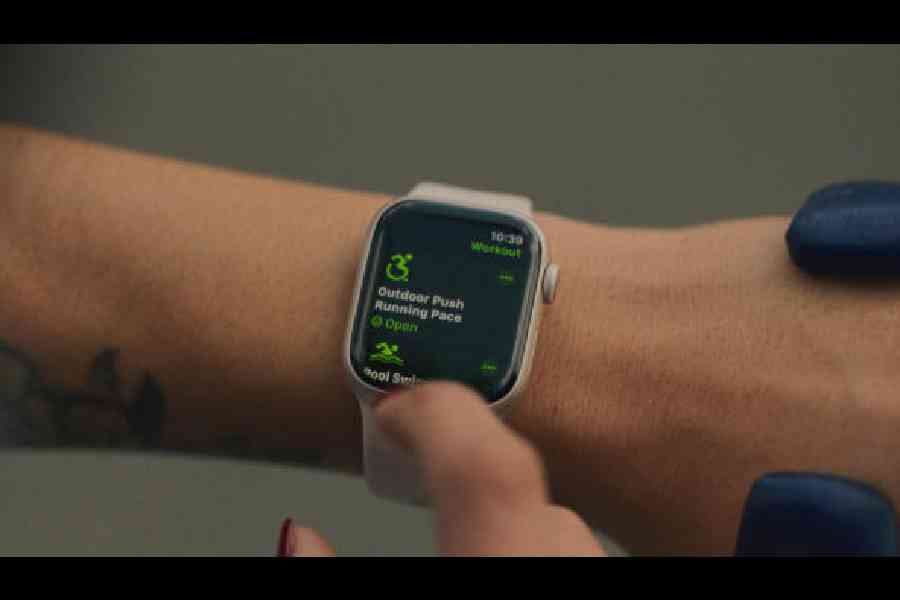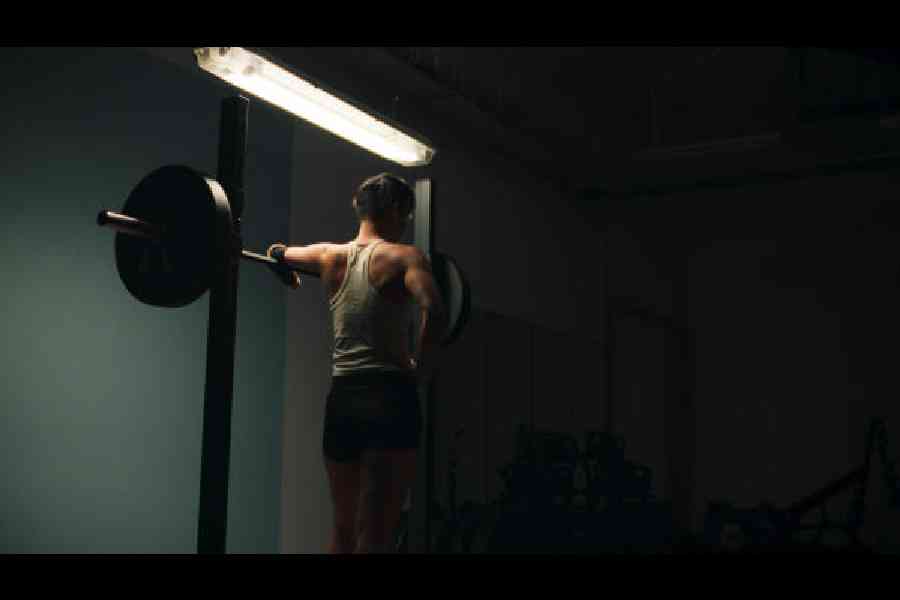The modern world is supposed to be based on equality. Yes, people will always be different, but equal… with the same rights and opportunities. However, if one is a differently-abled athlete, the world can be tough. As the Paralympics approach, athletes will get a chance to shine.
Celebrating the heroic spirit of such athletes is a new film from Apple, titled The Relay, featuring eight athletes with and without disabilities, competing together, side-by-side. You may think such competition is not fair. The truth: It is normal yet it’s not something that’s often represented on screen.
The film brings together adaptive and non-disabled athletes, including a track cyclist with an upper limb difference, wheelchair racer, low-vision swimmer and blade runner, each racing against a non-disabled counterpart in a four-stage relay.

Wheelchair Workouts on Apple Watch is a very helpful feature
In ancient Greek, “para” means alongside. Sure, the Paralympics run after the Olympics but that doesn’t mean the spirit of athletes with disabilities cannot be celebrated.
Directed by Derek Cianfrance, known for directing the film Blue Valentine and taking on writing duties for Sound of Metal, the cast for the Apple film includes competitive athletes from around the world, some of whom are contenders to compete on a global stage in Los Angeles in 2028.
The tools they use
The athletes are shown using several products, accessibility features and third-party applications to train, compete and go through everyday life. Examples? They use features to track performance such as Sleep metrics, daily exercise goals, and movement throughout the day, all of which can be viewed and analysed on iPad and Mac.

In the film, athletes are seen using several products, accessibility features and third-party applications to train, compete and go through everyday life
More importantly, they use many accessibility features to operate their devices, which include Spoken Content on iPhone (reads text out loud for blind and low vision users), AssistiveTouch on Apple Watch (helps users with an upper body limb difference use Apple Watch without touching the screen, like silencing alarm, navigating apps, making selections), Magnifier + Point and Speak on iPhone (allows blind and low vision users to point at text on nearby physical objects and have it read out loud), and Wheelchair Workouts for Workout app on Apple Watch (has two unique options for wheelchair users to track their workouts: Outdoor Wheelchair Walk Pace and Outdoor Wheelchair Run Pace).
Third-party apps too play an important role, like the GoSwim app which helps swimmers analyse their technique on iPad, MATLAB on Mac which visualises aerodynamic data, and the my i-limb app for iPhone from Ossur which offers users the flexibility to control the grip of their bionic prosthetics.
New features coming this fall
Apple constantly adds new accessibility features that take advantage of top-quality hardware and software. And this fall will be a special one as Apple will introduce new features. The list includes Music Haptics (a way for users who are deaf or hard of hearing to experience music on iPhone), Vocal Shortcuts and Listen for Atypical Speech (enhance speech recognition and customisation for a wider range of users with atypical speech) and Eye Tracking (a new way for users with physical disabilities to use iPhone and iPad with just their eyes).

The Apple film reflects longterm collaboration with disability and athletic communities such as the Challenged Athletes Foundation
If that’s not enough, the Apple film reflects long-term collaboration with disability and athletic communities such as the Challenged Athletes Foundation.











